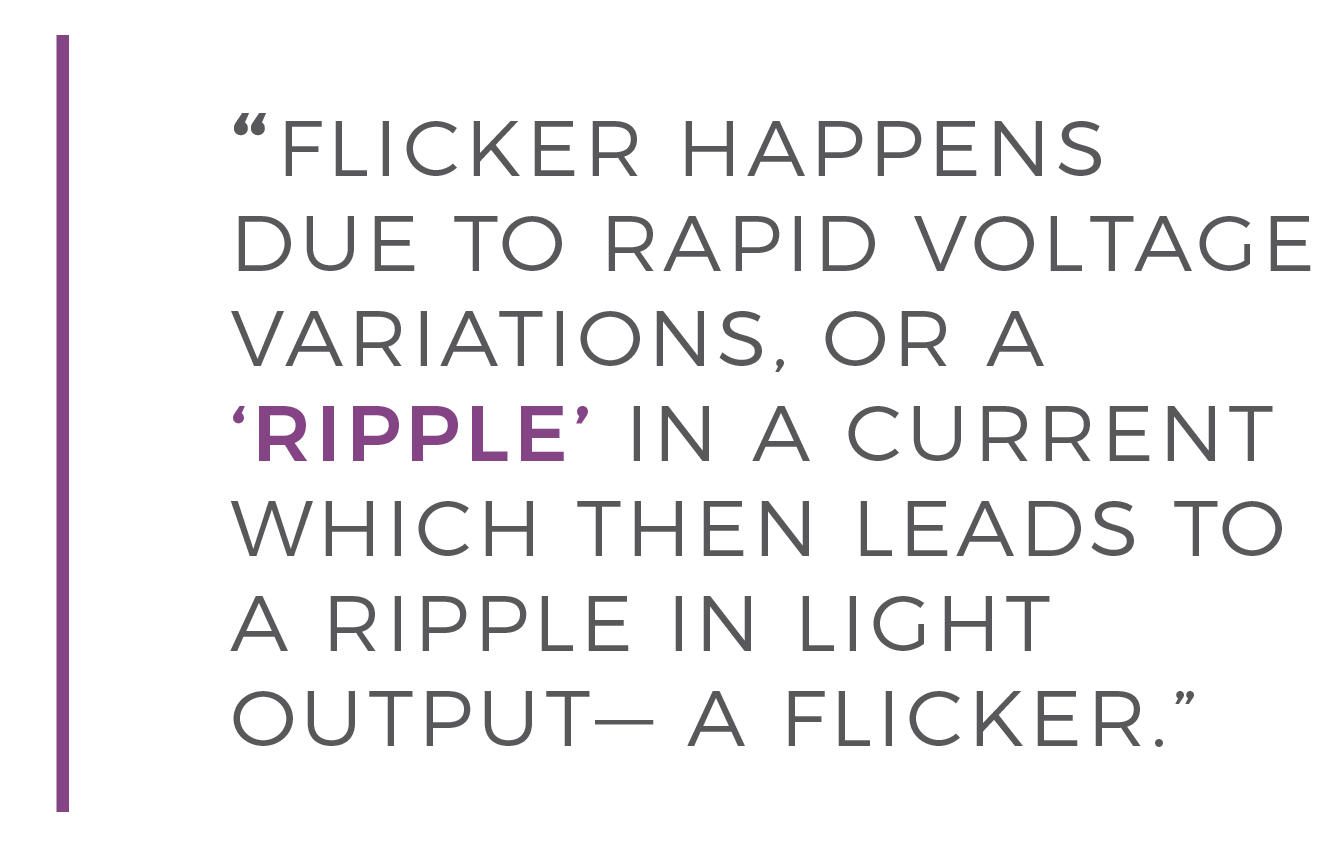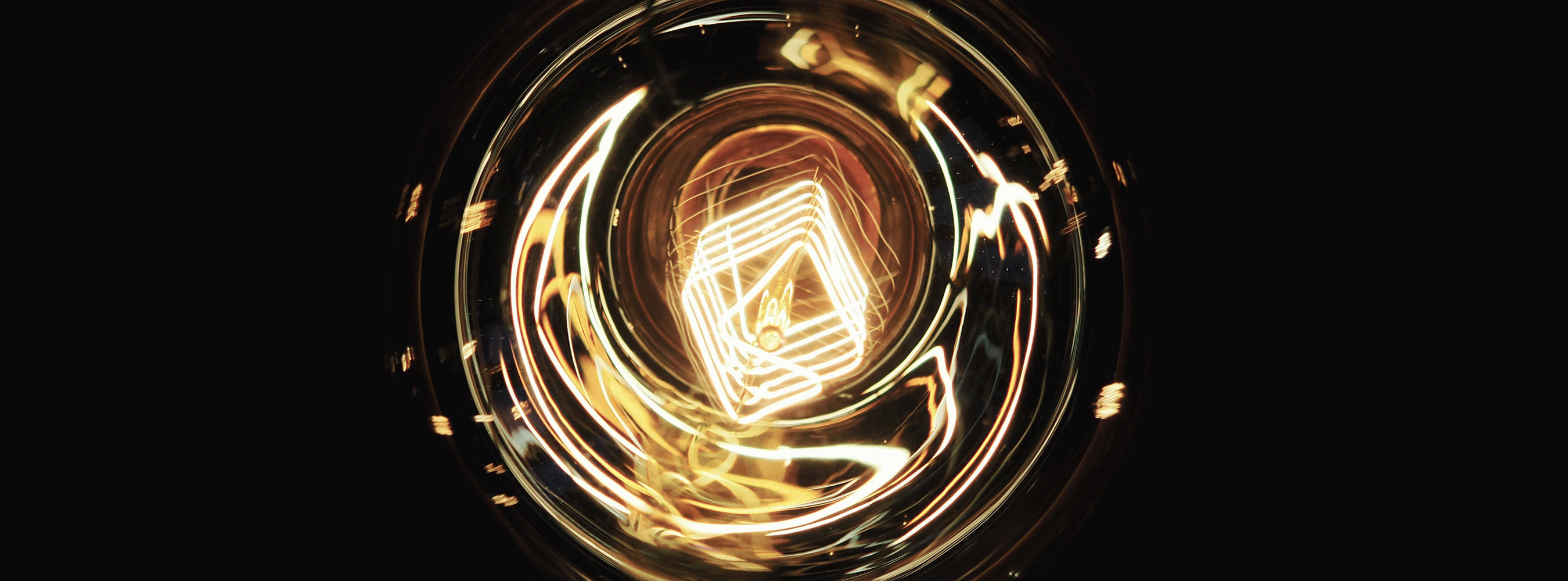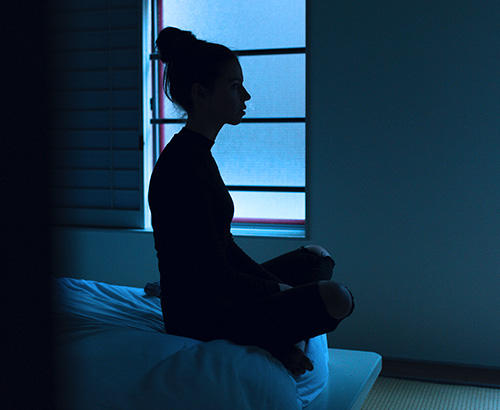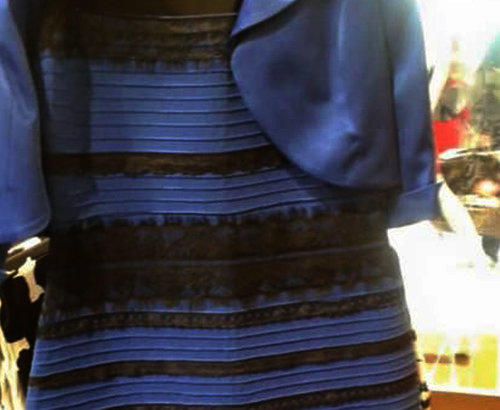How to Test for LED Flicker at Home
While spending time indoors, at one point or another you’ve likely encountered a flickering light. Flashing on and off like a strobe or disco ball, it can be supremely annoying, but it can also even be dangerous.
Why does flicker occur? To some degree, flicker happens in all light sources with an AC power supply delivered at a frequency of 50 to 60 hertz, meaning the electrical current travels backward and forward 50 to 60 times per second. Flicker happens due to rapid voltage variations, or a “ripple” in a current which then leads to a ripple in light output— a flicker.
 All types of lights are susceptible to flicker, including incandescent, halogen, and, yes, even LED bulbs. But the effects aren’t the same for every type of light. In halogen lamps, for example, the filament temperature reacts slowly to changes in electrical currents, so you won’t notice as much of a flicker effect. LEDs respond almost instantly to changes in current, so flicker is much more noticeable.
All types of lights are susceptible to flicker, including incandescent, halogen, and, yes, even LED bulbs. But the effects aren’t the same for every type of light. In halogen lamps, for example, the filament temperature reacts slowly to changes in electrical currents, so you won’t notice as much of a flicker effect. LEDs respond almost instantly to changes in current, so flicker is much more noticeable.
Besides being a nuisance, the effects of a flickering light can trigger some serious ailments such as headaches, visual impairment, or in extreme cases, epileptic seizures. Even if the flicker is slight, at higher frequencies of 100 to 150 Hz for example, your eye may not consciously register it, but the brain can still detect and react to it, potentially with negative consequences. In particular, athletes in stadiums and warehouse workers could be more susceptible to accidents under poor lighting conditions that could cause a stroboscopic effect.
At home, there are a couple of simple ways to test for LED flicker to prevent bothersome lighting and potential health hazards. First, you can perform a simple flicker test with your smartphone camera. Turn it on and aim it at the light source in question while looking at the image captured on the screen. If you see a series of dark and light bands traveling slowly across the screen, then your light has flicker. If the bands are not that noticeable, you’re in the clear. Smartphone cameras can capture images at a discrete frequency, so they’re reliable tools that clearly register when there is no light.
One more way to use your smartphone to test for flicker is to download a flicker test app. VISO Flicker Tester uses your phone’s camera to measure a light’s flicker index, flicker percentage, and frequency values to give you a bigger picture of your lighting quality.
To minimize flicker altogether, LED companies can improve and include additional drivers in their products. That’s exactly what SORAA does with its lighting, effectively rendering them flicker-free. To learn more about SORAA’s newly released flicker-free lights for the home, visit https://store.soraa.com/zeroblue/.






